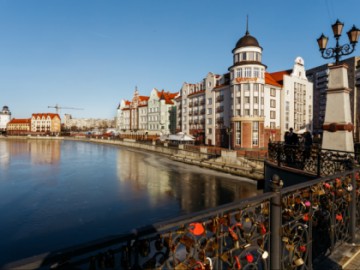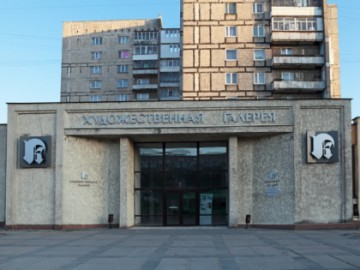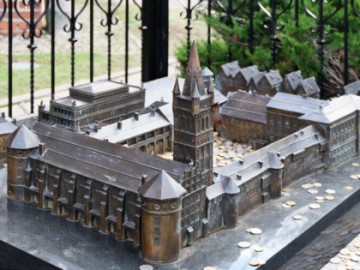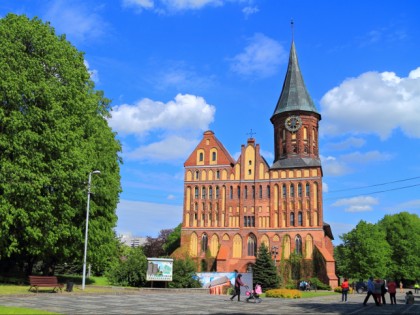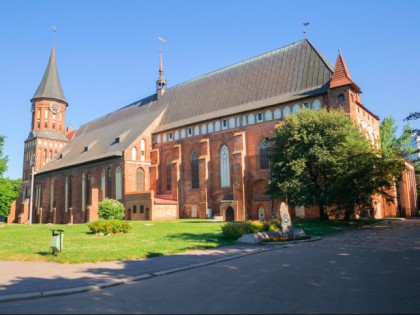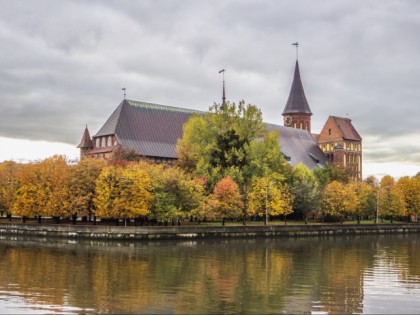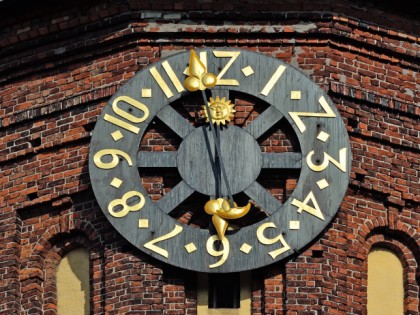Konigsberg Cathedral on the island of Kant: Hanseatic Gothic and the memory of the philosopher
The island of Kant in Kaliningrad is washed by the River Pregolya. In the XIV century people lived on it. It was a densely populated town of Kneiphof with the famous Albertina University. A monument to its founder Duke Albrecht is now erected at the place where the university stood. At the same time a cathedral in the Hanseatic Gothic style appeared here. This is the only structure that survived after the bombing of the city by the British in 1944 during the Second World War, although it also suffered badly. Its interior was destroyed and the Wallenrode library was lost.
The cathedral played a significant part in the life of Kneiphof. From 1335 to 1809 the Great Masters of the Teutonic Order, bishops and professors of the Albertina University were buried in the cathedral. Most of the memorial plates were lost. But one can see the grave of the most famous native of Koenigsberg - Immanuel Kant. The great philosopher was buried here on February 28, 1804. In 1924 his memorial plate was restored in the wall of the cathedral. The reconstruction of the Cathedral was completed in 2005. Inside there is a baptismal font from limestone in Romanesque style with the image of St. Olaf, which dates back to the 14th century. The most accurate clock in Kaliningrad appeared on the tower of the cathedral. The upper halls in the cathedral now occupy expositions dedicated to Kant and the history of the cathedral. On the first floor there are chapels of Orthodox, Evangelical and Catholic confessions. Every day they give organ concerts in the cathedral.






